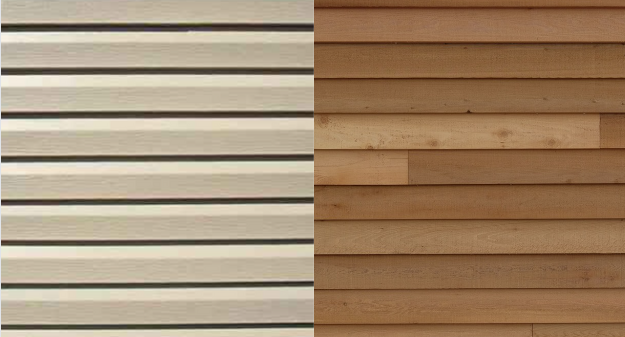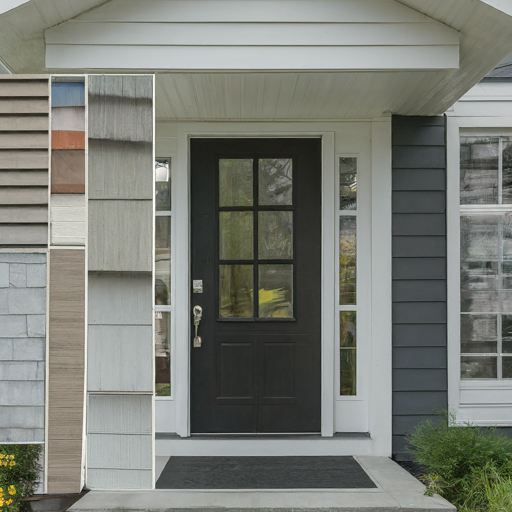
Your home’s exterior is more than just its first impression; it’s a vital component that affects curb appeal, energy efficiency, and overall comfort. In Chicago, where weather extremes are a regular feature, choosing the right siding, windows, and doors is crucial. This comprehensive guide will help you navigate the options and maintenance tips to ensure your Chicago home stands out while enduring the city’s climate.
Why Your Chicago Home’s Exterior Matters
In Chicago’s diverse neighborhoods, the exterior of your home can significantly impact its value and appeal. An attractive and well-maintained exterior not only enhances curb appeal but also improves energy efficiency and protects your home from the elements. Investing in quality materials and proper maintenance can elevate your home’s appearance and functionality.
Siding Solutions for Chicago Homes: Finding the Perfect Fit
Choosing the right siding for your Chicago home involves balancing aesthetics, durability, and weather resistance. Here are some popular options:
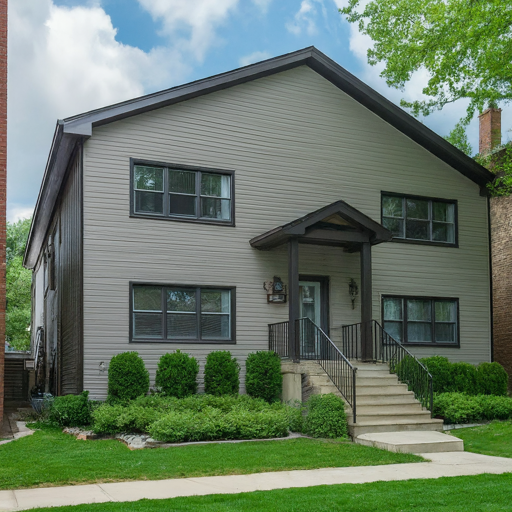
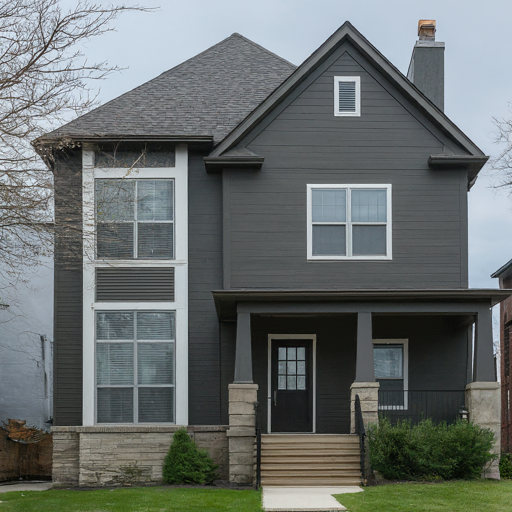
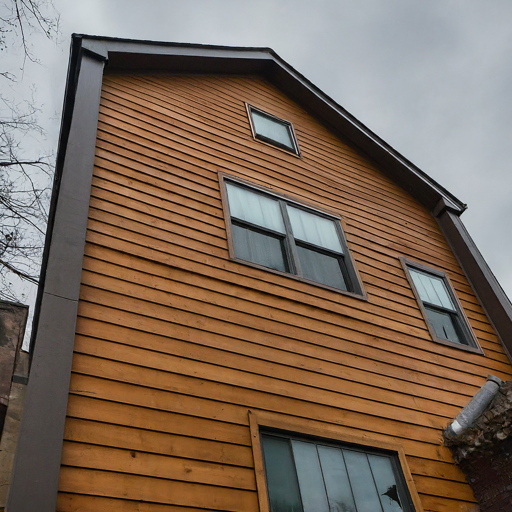
◈ Vinyl Siding: Known for its affordability and low maintenance, vinyl siding is an excellent choice for Chicago homes. It’s resistant to moisture and won’t rot, making it ideal for the city’s humid summers and wet conditions. Look for high-quality vinyl to avoid issues like warping or fading over time.
◈ Fiber Cement Siding: Fiber cement is a highly durable option that can withstand Chicago’s harsh winters and summer heat. It’s resistant to fire, pests, and rot, making it a long-term investment for your home. Additionally, fiber cement siding can mimic the appearance of wood or stucco, providing versatile design options.
◈ Wood Siding: Wood siding offers a classic look that complements many architectural styles. While it requires regular maintenance to protect against Chicago’s fluctuating weather, such as sealing and painting, it adds a natural and warm aesthetic to your home. Consider using treated or engineered wood to enhance its durability.
Siding Solutions for Chicago Homes: Finding the Perfect Fit
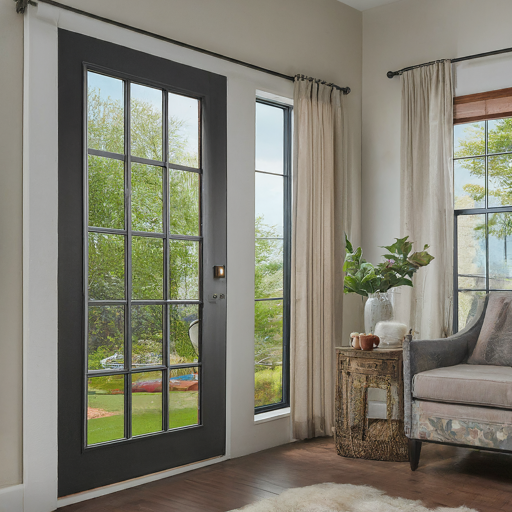
Styles and Materials
Choose windows that fit your home’s style. Consider vinyl for low maintenance, wood for classic looks, or fiberglass for a balance.
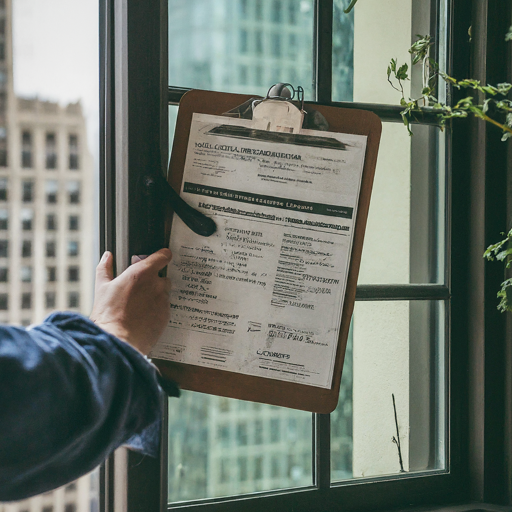
Maintenance Tips
Regular cleaning and inspection can extend the lifespan of your windows. Check for any signs of leaks, condensation, or damage, and address issues promptly to maintain energy efficiency and appearance.
The Role of Soffits and Fascia in Chicago Homes: Protecting and Enhancing Your Exterior
Soffits and fascia are essential components of your home’s roofing system, providing ventilation and protection from the elements.
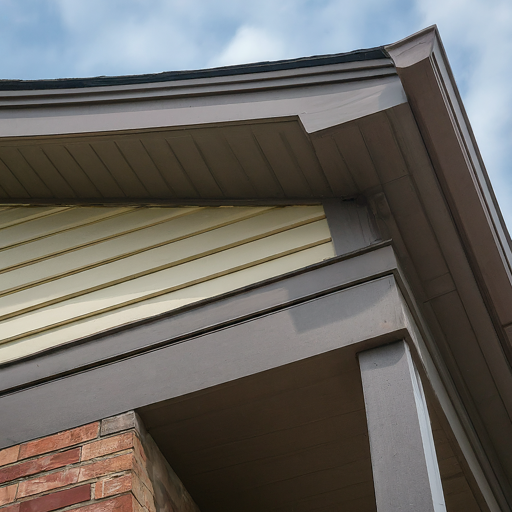
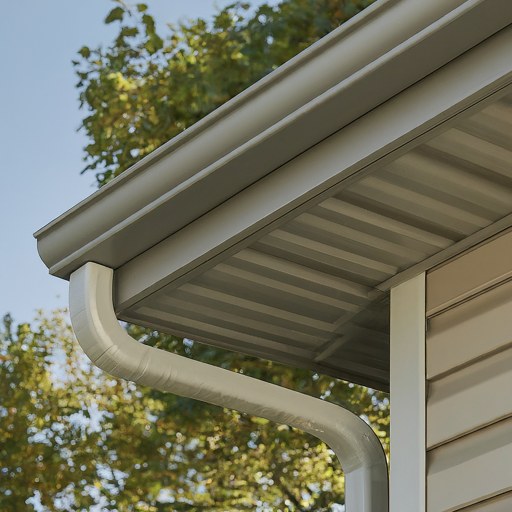
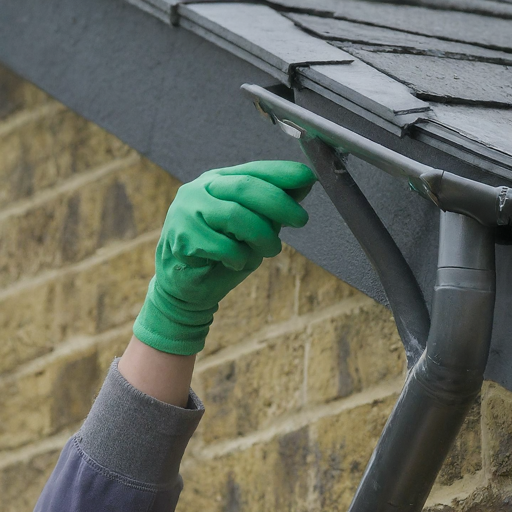
◈ Soffits: Soffits cover the underside of your roof’s overhang, helping to ventilate the attic and prevent moisture buildup. Choose materials that are resistant to moisture and pests, such as vinyl or aluminum, which are well-suited to Chicago’s weather.
◈ Fascia: Fascia boards run along the roofline and support the gutters. They protect the ends of your rafters and contribute to your home’s overall appearance. Durable materials like aluminum or fiber cement can withstand Chicago’s weather and reduce maintenance needs.
◈ Maintenance Tips: Regularly inspect soffits and fascia for damage or signs of moisture infiltration. Clean gutters and downspouts to ensure proper drainage and prevent damage to these components.
Gutter Cleaning and Maintenance for Chicago Homes: Preventing Damage and Ensuring FunctionalityExterior Works for Chicago Homes: Coordinating Siding, Windows, and Doors for a Cohesive Look
Achieving a unified and appealing exterior involves coordinating siding, windows, and doors to complement each other and suit Chicago’s architectural styles.
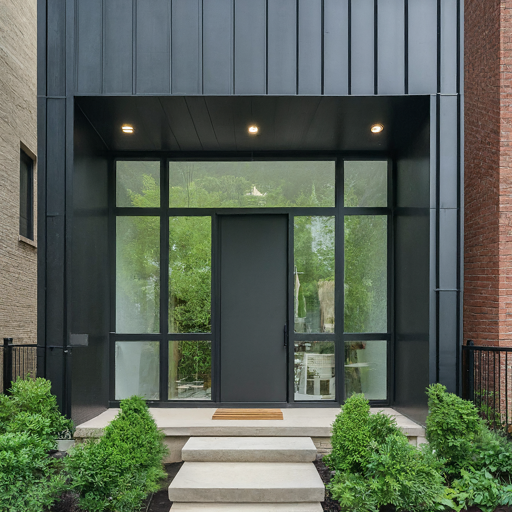
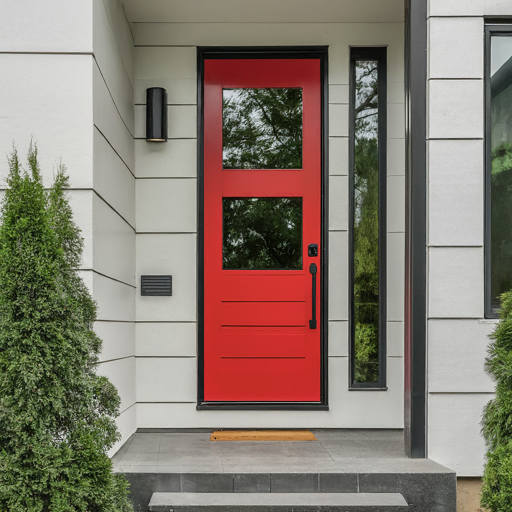
Transforming your Chicago home’s exterior involves thoughtful selection and maintenance of siding, windows, and doors. By considering Chicago’s climate and architectural styles, you can make informed choices that enhance your home’s beauty, efficiency, and durability. Invest in quality materials, follow maintenance guidelines, and enjoy a stunning and functional home exterior for years to come.
